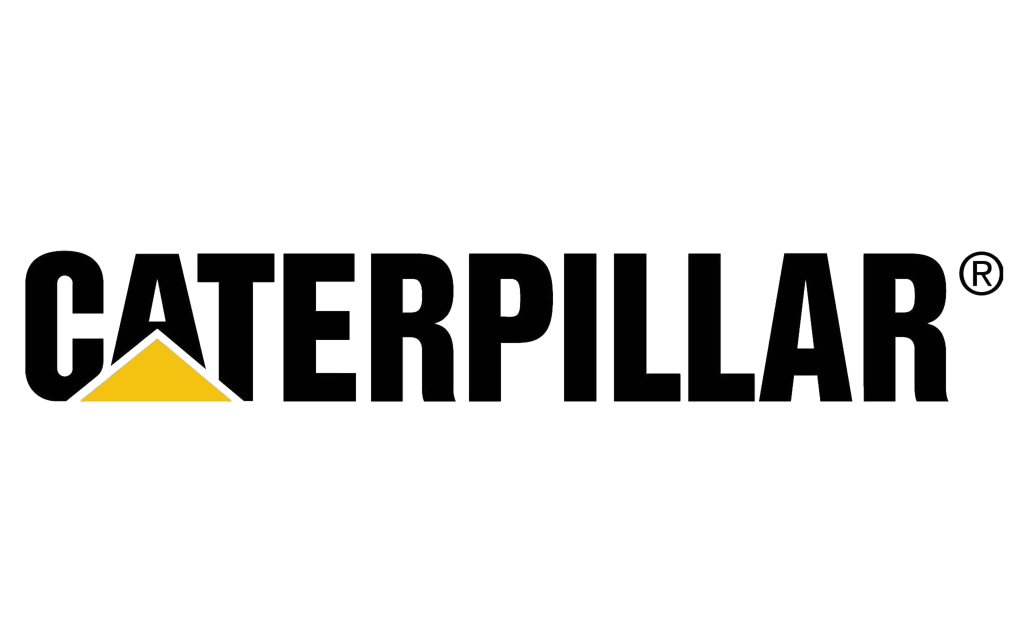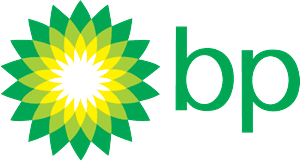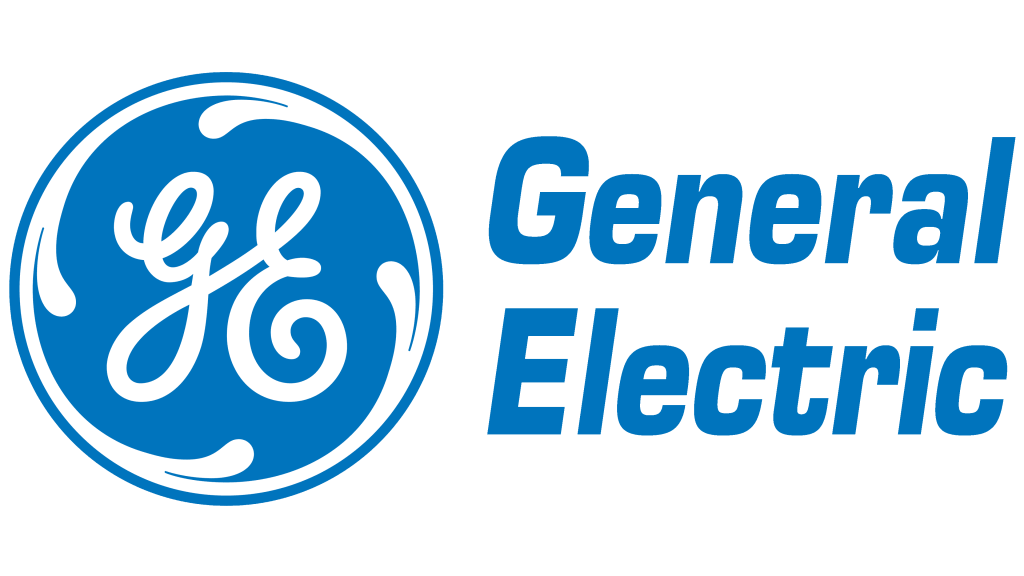As healthcare systems face increasing pressure to deliver high-quality care with limited resources, the strategic use of data has become a critical differentiator. From reducing overtime to predicting patient influx, data analytics is transforming medical staffing solutions and the way healthcare workforce solutions are implemented.
By leveraging real-time insights and predictive models, administrators at every healthcare staffing agency can shift from reactive approaches to proactive workforce planning. This blog explores how data-driven decision-making improves staffing efficiency, highlights key metrics to monitor, and outlines the challenges and opportunities in implementing analytics across hospital staffing services.

Introduction: Data-Driven Decision Making in Healthcare
Healthcare is no longer just a science of diagnosis—it’s a science of operations. Decisions around staffing, scheduling, and resource allocation can dramatically impact patient outcomes, staff satisfaction, and financial performance. Traditionally, these decisions were made based on intuition or historical patterns. Today, however, healthcare consulting firms are leveraging data analytics as a core pillar of operational excellence consulting.
In this guide, we examine how data analytics empowers healthcare leaders to align staffing with patient needs, reduce operational waste, and improve quality of care. The goal is clear: to shift from guesswork to evidence-based workforce strategy.
Key Metrics for Staffing Efficiency
Effective staffing isn’t just about filling shifts—it’s about matching the right professionals to the right units at the right time. To do this, executive placement firms and clinical leaders must track and act on these key metrics.
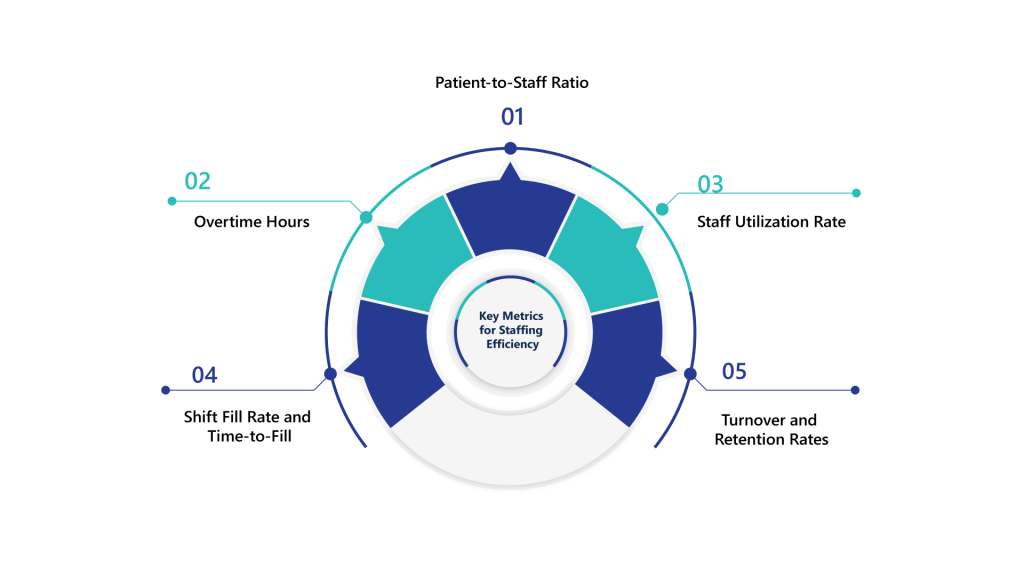
1. Patient-to-Staff Ratio
This metric measures how many patients are assigned to each nurse, physician, or caregiver. Maintaining optimal ratios is crucial for patient safety and staff well-being.
- High ratios may lead to burnout, errors, or poor patient experiences.
- Low ratios could indicate overstaffing or inefficiencies.
2. Overtime Hours
Excessive overtime is a warning sign of understaffing or poor shift planning. It increases payroll costs, accelerates burnout, and compromises care quality.
Healthcare staffing challenges like chronic overtime and last-minute coverage can be identified and resolved with real-time analytics.
Analytics can help identify:
- Departments with chronic overtime patterns.
- Time periods prone to understaffing (e.g., holidays, flu season).
3. Staff Utilization Rate
This reveals how effectively staff hours are used. Tracking this metric helps avoid both overwork and idle time across hospital staffing services.
- Calculated as: Actual Hours Worked / Total Available Hours.
4. Shift Fill Rate and Time-to-Fill
Delays in filling shifts raise labor costs and disrupt continuity of care. With supply chain management consulting principles applied to workforce management, shift fulfillment becomes more agile and predictable.
5. Turnover and Retention Rates
Frequent turnover signals dissatisfaction and disrupts team dynamics. Data on retention helps identify:
- Which roles or departments are at risk.
- How training, workload, or leadership affect staff loyalty.
Predictive Analytics for Workforce Planning
While historical data tells us what happened, predictive analytics helps forecast what’s likely to happen. This evolution in healthcare recruitment consulting enables proactive planning.
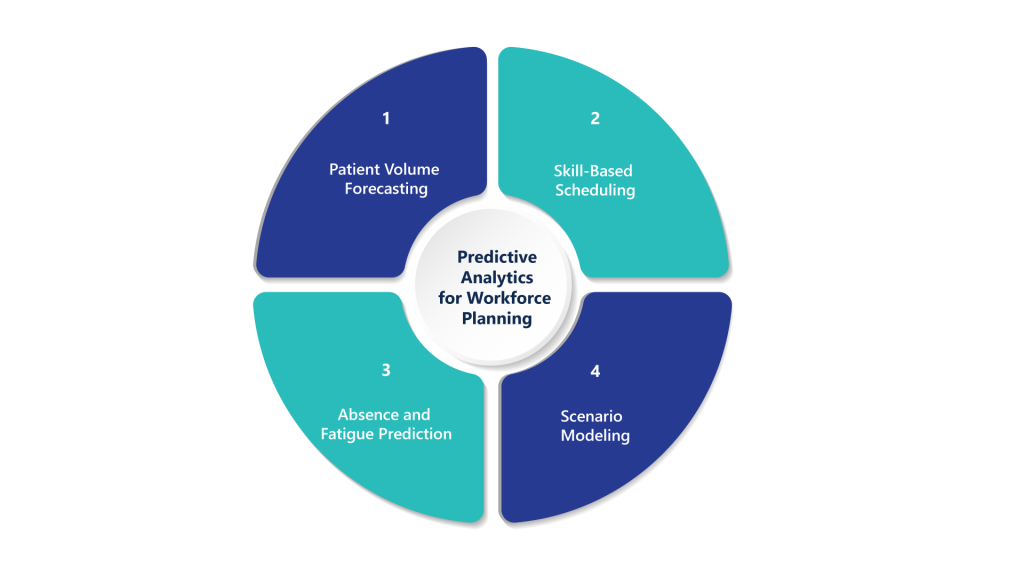
1. Patient Volume Forecasting
By analyzing seasonal patterns, historical admissions, weather data, and even local event calendars, predictive models can estimate patient inflow.
- Anticipate ER surges.
- Adjust staffing in advance.
- Avoid last-minute temp hiring.
2. Skill-Based Scheduling
Analytics can predict when certain certifications—like ICU or bilingual staff—will be needed. This ensures medical staffing solutions are precise and cost-efficient.
This ensures that critical skills are available without overstaffing.
3. Absence and Fatigue Prediction
Using attendance records and shift logs, AI can flag employees at risk of burnout or absenteeism. Early alerts help managers intervene with schedule adjustments, wellness resources, or time off.
4. Scenario Modeling
Healthcare leaders can simulate “what-if” staffing scenarios to test responses to potential disruptions, such as a pandemic wave, new unit openings, or sudden labor shortages.
This helps create contingency plans that are backed by data, not just hope.
Challenges in Data Integration
Despite its potential, implementing analytics in healthcare staffing comes with operational and technical hurdles. Organizations must overcome several challenges to fully leverage data’s benefits.
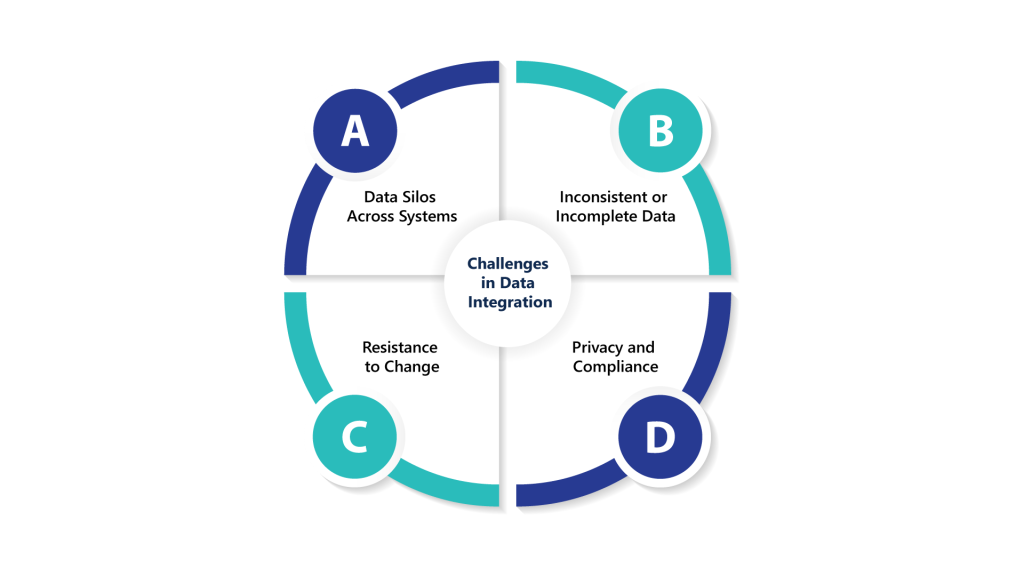
1. Data Silos Across Systems
Many healthcare organizations use multiple systems—EHRs, HR software, scheduling tools, payroll systems—that don’t always communicate with one another.
- Staff availability may live in one system.
- Licensing and credentials in another.
- Real-time bed occupancy in a third.
Without integration, analytics remain fragmented and less actionable.
2. Inconsistent or Incomplete Data
Inaccurate time logs, outdated certifications, or missing turnover data can skew analysis and lead to faulty decisions. Staff must be trained to input data accurately, and systems must enforce data validation rules.
3. Resistance to Change
Managers and frontline staff may resist analytics-driven changes, especially if they feel excluded from the decision-making process. For healthcare staffing agencies, success depends on:
- Clear communication about benefits.
- Training on how to use analytics tools.
- Cross-functional collaboration between IT, HR, and clinical leads.
4. Privacy and Compliance
Every analytics initiative must comply with HIPAA and local regulations. At IHCP, operational excellence consulting and compliance are built into every solution.
Conclusion: Leveraging Healthcare Data for Strategic Staffing Advantage
Data analytics is no longer a “nice-to-have” for healthcare staffing agencies—it’s a strategic imperative. With growing demand, limited talent supply, and tighter margins, only data-driven organizations can adapt quickly while maintaining high standards of care.
In this guide, we’ve examined how analytics helps healthcare leaders understand workforce trends, improve utilization, and plan ahead with confidence. The most successful organizations will not only collect and analyze data—but act on it, embedding insights into every layer of staffing strategy.
Integrated HCP: Empowering Smarter Healthcare Staffing with Data Analytics
At Integrated HCP, we help healthcare organizations harness analytics for smarter staffing. Whether you’re an emerging provider or one of the best healthcare staffing agencies. Our data-driven staffing solutions go beyond filling shifts—they shape your operational strategy.
We offer:

- Custom Dashboarding & Reporting to monitor key staffing KPIs in real time.
- Predictive Workforce Modeling based on your unique patient and facility trends.
- Integrated Talent Platforms that unify EHR, HR, and scheduling data.
Let us show you how to turn your staffing data into a competitive advantage. Visit IHCP to learn more.
